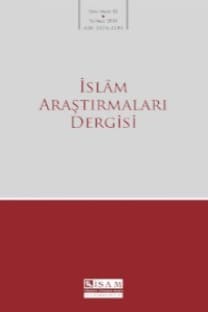The Mamluk City in the Middle East: History, Culture, and Urban Landscape
The Mamluk City in the Middle East is an interdisciplinary study of urban history in Syria, Bilād al-Shām, during the Mamluk Sultanate (1260-1517). This comparative study focuses on three Mamluk cities, Jerusalem, Safad, and Tripoli. The author, Nimrod Luz, explains his selection of these cities by highlighting their political significance and to some extent their analogous urban development during the Mamluk period. However, Luz actually emphasizes Mamluk Jerusalem while Safad and Tripoli become of secondary importance throughout the book. The distinguishing feature of the book is its attempts to understand the nature of these Mamluk cities and their sense of urbanism. In doing so, Luz calls into question the overgeneralizing and religion-centered notion of the “Islamic city” and tries to demonstrate that the three Mamluk cities he investigates were actually “full-fledged cities.” The author successively uses physical, social, and conceptual frameworks for his analysis of the Mamluk cities and organizes the book accordingly.
Anahtar Kelimeler:
Syria, Bilād al-Shām, Mamluk Sultanate
The Mamluk City in the Middle East: History, Culture, and Urban Landscape
The Mamluk City in the Middle East is an interdisciplinary study of urban history in Syria, Bilād al-Shām, during the Mamluk Sultanate (1260- 1517). This comparative study focuses on three Mamluk cities, Jerusalem, Safad, and Tripoli. The author, Nimrod Luz, explains his selection of these cities by highlighting their political significance and to some extent their analogous urban development during the Mamluk period. However, Luz actually emphasizes Mamluk Jerusalem while Safad and Tripoli become of secondary importance throughout the book. The distinguishing feature of the book is its attempts to understand the nature of these Mamluk cities and their sense of urbanism. In doing so, Luz calls into question the overgeneralizing and religion-centered notion of the “Islamic city” and tries to demonstrate that the three Mamluk cities he investigates were actually “full-fledged cities.” The author successively uses physical, social, and conceptual frameworks for his analysis of the Mamluk cities and organizes the book accordingly.
Keywords:
Mamluk, Middle East, History,
___
- Nimrod Luz, The Mamluk City in the Middle East: History, Culture, and Urban Landscape, Cambridge: Cambridge University Press, 2014, XV + 265 pages
- ISSN: 1301-3289
- Yayın Aralığı: Yılda 2 Sayı
- Başlangıç: 1997
- Yayıncı: TDV İslâm Araştırmaları Merkezi
Sayıdaki Diğer Makaleler
Keşfü’l-esrâr ve hetkü’l-estâr
Şâfiî’nin Kaynak İçi Nesih Teorisi ve Şâfiî Fıkıh Geleneğinde Yorumlanış Biçimleri
The Mamluk City in the Middle East: History, Culture, and Urban Landscape
Caliphate Redefined: The Mystical Turn in Ottoman Political Thought
Bir Serüven Olarak İslâm Tarihi: Marshall G.S. Hodgson ve İslam’ın Serüveni
